A microscope is a scientific instrument used to magnify and observe objects that are too small to be seen with the naked eye. It allows researchers, scientists, and students to study the fine details of tiny structures, such as cells, microorganisms, and other microscopic entities. Microscopes are essential tools in fields like biology, chemistry, medicine, materials science, and more. Microscopes have revolutionized science by enabling the discovery of cells, bacteria, viruses, and other microscopic phenomena, leading to advancements in medicine, technology, and our understanding of the natural world.
WORKING PRINCIPLE
The technique relies on the principles of magnification, resolution, and image analysis:
Magnification: The microscope enlarges particles to a visible scale.
Resolution: The ability to distinguish between two closely spaced particles, determined by the wavelength of the imaging source (light or electrons).
ImageAnalysis: Algorithms detect particle boundaries, measure dimensions, and classify particles based on size and shape.


Light source
Eye piece
sample area
magnified image
lens
Manufacturers and solutions
Carl ZIESS Model- WIDEFIELD AXIO SERIES
EVIDENT OLYMPUS Model- LITESIZER DIF 500
LEICA Model- DM SERIES
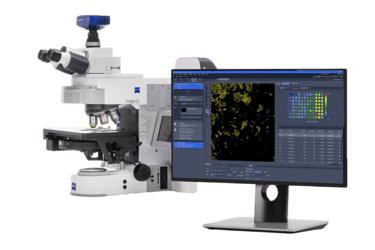

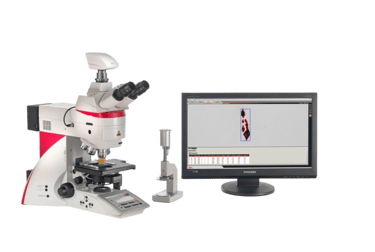

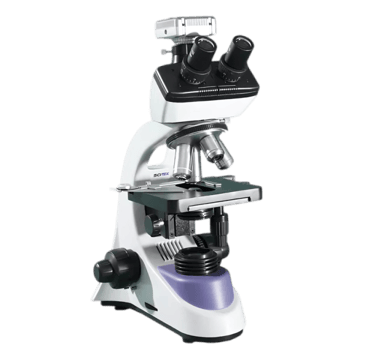

KEYENCE Model- VHX-X1
sCITEK GLOBAL Model- Bettersizer S3 Plus
NIKON Model- ECLIPSE SERIES
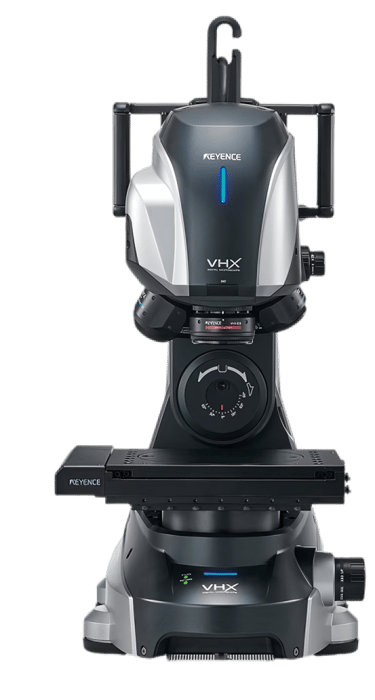


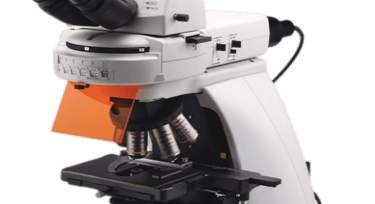







RADICAL SCIENTIFIC Model- RXLr Series







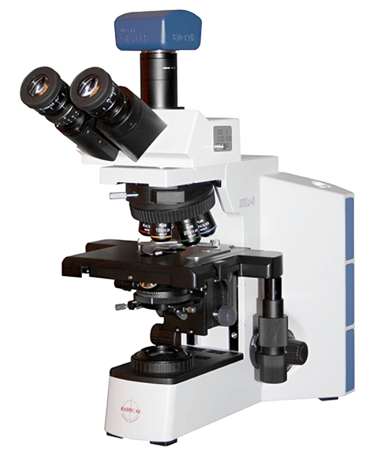



Innovation House
Mon-Sat 9am-7pm

contact@nextagen.in

+91 2654059388
© 2024 Nextagen Analytics Private Limited . All Rights Reserved.